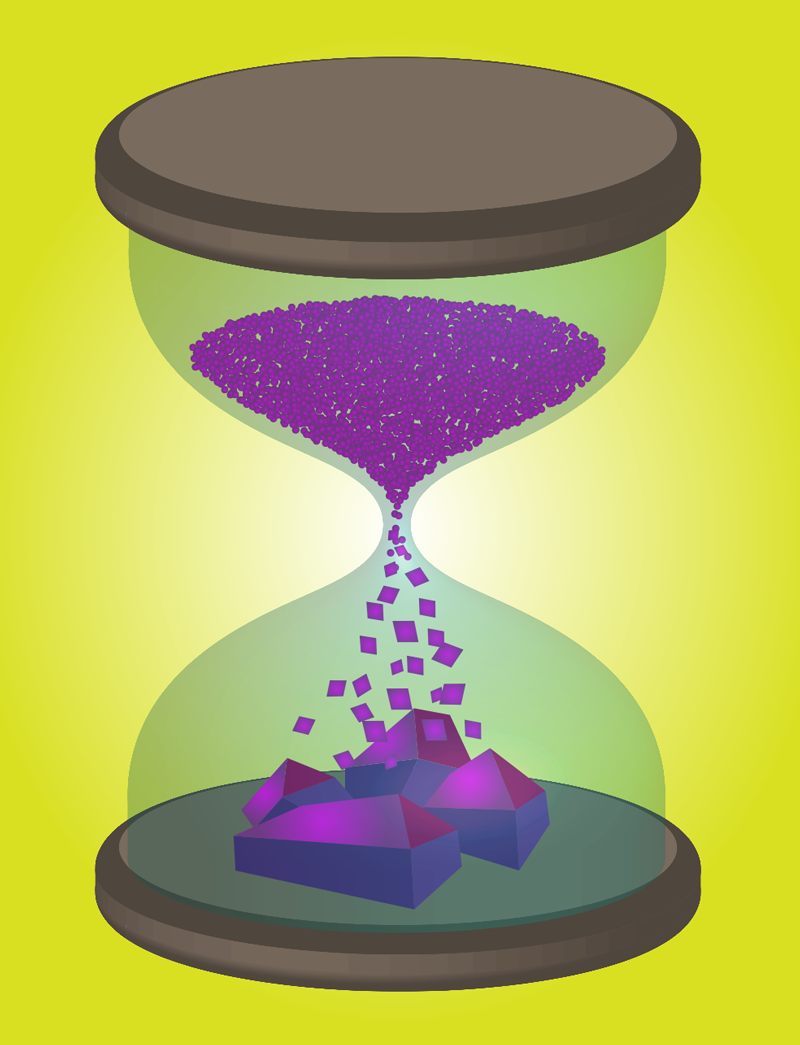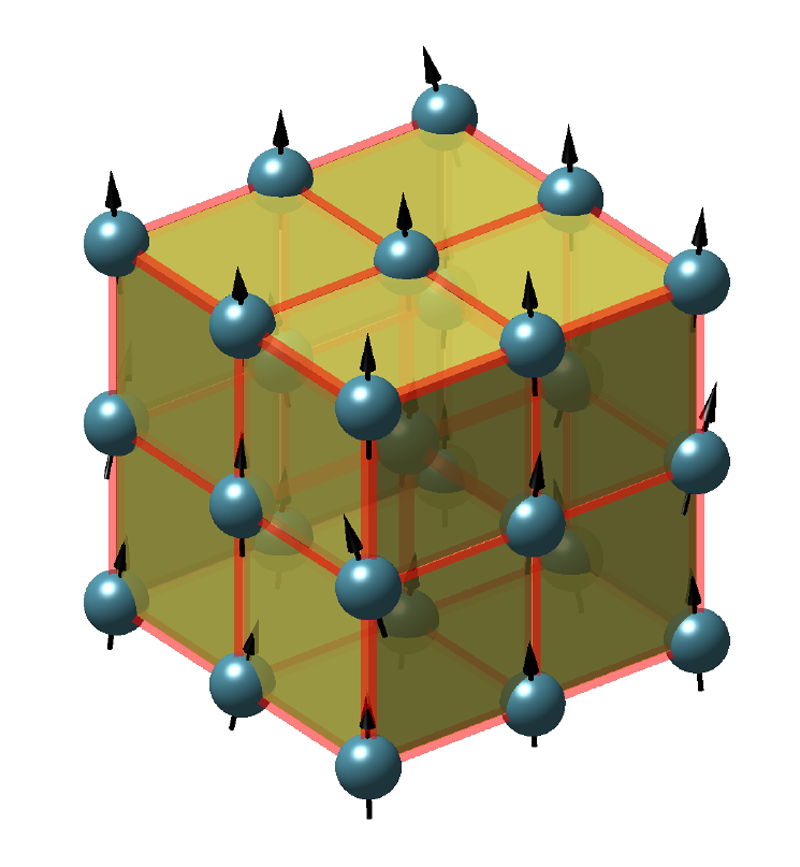A Classical View of Quantum Time Crystals - by Georg Engelhardt

When a collection of atoms reaches a sufficiently low temperature, they arrange themselves periodically in space to form a crystal. Since the equations that describe the atoms’ motion do not contain any information that prescribes a crystal lattice, this phase transition isn’t trivial to explain even in its simplest form. Experimental and theoretical studies have revealed many types of classical and quantum phase transitions that lead to spatially ordered states. But there are other possible forms of order beyond that of the atoms’ spatial arrangement. In 2012, Frank Wilczek theorized a novel type of phase transition in which matter spontaneously exhibits time-periodic motion, meaning that it arranges itself periodically in time rather than in space. The resulting phase of matter is called a quantum time crystal.

After realizing that time crystals cannot arise under equilibrium conditions, as Wilczek originally proposed [1], many researchers assumed that time crystals are a genuine nonequilibrium quantum effect. However, by employing large-scale numerical simulations, two independent collaborations led by teams at the University of Cambridge, UK, and at the University of California, Berkeley, have found that certain types of time crystals, known as prethermal, can be described using purely classical equations of motion. Their simulations show that many-body systems of classical spins exhibit all the basic features of quantum time crystals, indicating that prethermal time crystals are a classical effect [2–4]. The finding suggests that a description rooted in classical physics can suffice to describe these time crystals and may suggest ways to create them experimentally.